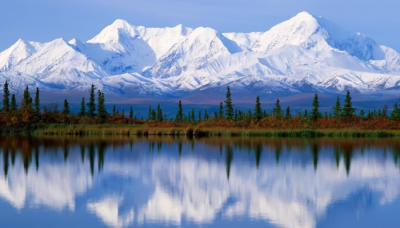A new report indicates that the glaciers in the Hindu Kush region of the Himalayas in Asia may lose up to 75% of their volume by the end of the century due to rising global temperatures, threatening severe flooding and water shortages for around 240 million people living in that mountainous region. An international team of scientists discovered that "there is an acceleration in ice loss in the area where the famous peaks of Everest and K2 are located." Over the past decade, glacier melting in that region has increased by 65% compared to the previous decade, according to an assessment released by the International Centre for Integrated Mountain Development based in Kathmandu, an international governmental scientific body concerned with the region.
Philippus Wester, an environmental scientist and a fellow at the International Centre and the lead author of the report, stated, "We are losing glaciers, and we will lose them in the next 100 years." The Hindu Kush region extends 3,500 kilometers across Afghanistan, Bangladesh, Bhutan, China, India, Myanmar, Nepal, and Pakistan.
The report explained that "glaciers throughout the region will lose between 30 to 50% of their volume by 2100 if the temperature of the planet rises by 1.5 degrees Celsius or two degrees Celsius above pre-industrial levels." However, the areas where glaciers will melt depend largely on location; when global temperatures reach three degrees Celsius— a level the world is nearing under current climate policies— glaciers in Eastern Himalayas, including Nepal and Bhutan, could lose up to 75% of their ice. The loss could reach 80% if temperatures rise to four degrees Celsius.
This new understanding of the situation raises significant concerns for those living in the Hindu Kush region. The report found that water flows in the region's twelve river basins, including the Ganges, Indus, and Mekong rivers, are likely to peak around the middle of the century. This will have severe consequences for over 1.6 billion people who rely on the water supplies from these rivers.




